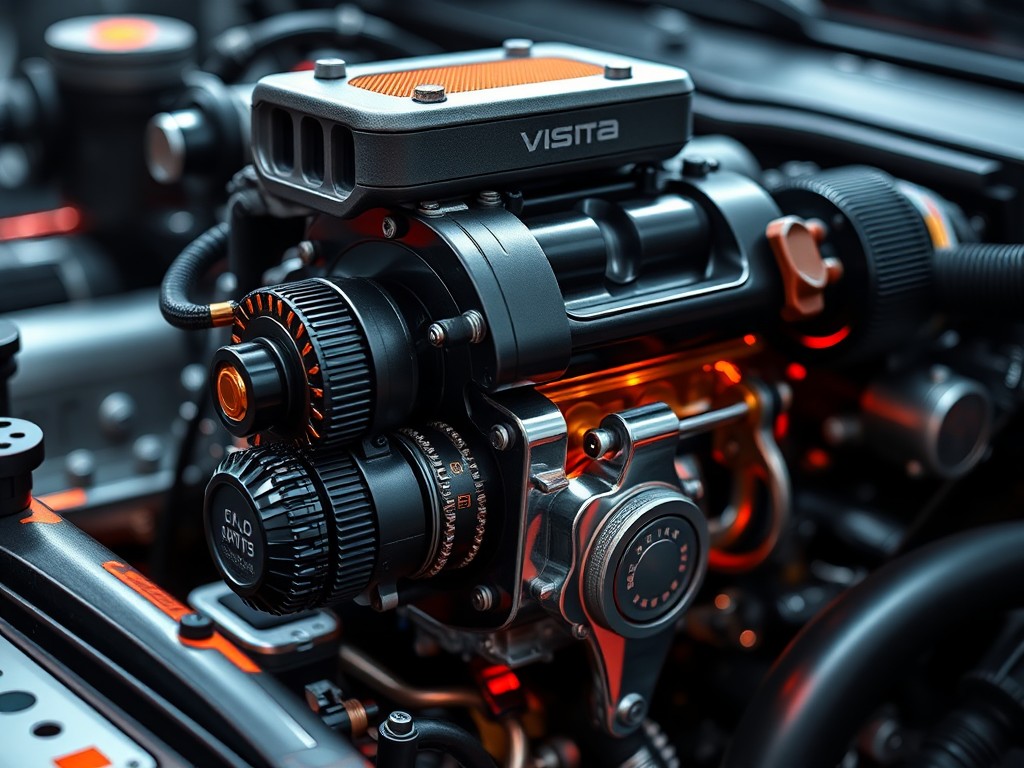Proper maintenance and fine tuning of your Kawasaki ER-6n motorcycle is essential to ensure its optimal performance on the road. An integral part of this upkeep involves meticulously adjusting the carburetor mixture manually. This comprehensive guide will walk you through the process that involves working with the engine, idle, jets, throttle, fuel, and screws to get your bike running at its best.
Understanding the Function of the Carburetor
Before we delve into the process of adjusting the carburetor, it’s vital to comprehend its role in the motorcycle’s engine. The carburetor, often known as the ‘carb,’ is a device that blends air and fuel for an internal combustion engine. It’s an engine’s “mouth” and serves as the gateway for fuel to expand its energy and power your motorcycle.
In parallel : Is a steering damper necessary for a Suzuki GSX-S750 for city riding?
The carburetor has two primary functions. It responds to the throttle (accelerator) input from the rider by varying the fuel and air mixture that the engine receives. This response is facilitated by a set of jets which regulate the amount of fuel entering the mixture. It also sets the engine’s idle speed by controlling the amount of air-fuel mixture at idle when the throttle is closed.
The Importance of Manual Adjustment
The Kawasaki ER-6n, like many modern motorcycles, has a carburetor that can be adjusted to alter the air-fuel mixture. This can have a significant effect on the performance of the bike. If set incorrectly, it could lead to poor fuel economy, reduced power output or even damage to the engine over time.
In parallel : What are the critical checks before using a Honda Shadow for a long road trip?
Manual adjustment of the carb enables you to tailor the air-fuel mixture to suit your specific riding style, terrain and climate. This is especially important if you have modified your ER-6n with aftermarket parts, as these can change the optimal carburetor settings from the factory defaults. Adjusting the carburetor manually ensures that your motorcycle’s engine will always be in its prime operating range.
Familiarizing with the Adjustment Process
Before proceeding with the adjustment, you should consult your Kawasaki ER-6n owner’s manual. This is important as it contains specific instructions for your bike model, including proper settings for the idle, jets, and screws.
Generally, the process involves adjusting the idle mixture screw, the jet needle, and the main jet. The idle mixture screw controls the amount of fuel at idle, the jet needle regulates fuel in the mid-range, and the main jet affects the mixture at full throttle.
The adjustment process typically begins with setting the idle, followed by adjusting the jet needle, and finally tuning the main jet. Each step is critical to ensure that the engine receives the correct amount of fuel at different throttle openings.
Step-by-step Guide to Carburetor Adjustment
Now, let’s delve into the meticulous process of adjusting the carburetor of your Kawasaki ER-6n. Remember, this process should only be undertaken when the engine is cool to prevent burns.
Firstly, start your bike and let the engine warm up for about five minutes. Then, slowly turn the idle mixture screw clockwise until the engine starts to falter. At this point, note the position of the screw. Next, turn the screw counterclockwise until the engine again begins to stumble, and again note the screw’s position. The correct setting is midway between these two points.
The next step involves adjusting the jet needle. After ensuring that the engine is off and cooled down, remove the carburetor and locate the jet needle. It is usually housed within a click mechanism that can be turned to adjust its position. Turn this click mechanism to the recommended setting in your owner’s manual for your bike’s altitude and temperature.
Lastly, adjust the main jet. This is done by installing a different jet size, which should be done according to your Kawasaki ER-6n owner’s manual’s recommendations. This step involves removing the float bowl from the carburetor, unscrewing the existing jet, and screwing in the new jet.
Remember, adjusting the carburetor is a trial-and-error process. It may take a few attempts to get the settings right. Always pay attention to how your bike performs after each adjustment, and don’t hesitate to return to a previous setting if your bike’s performance declines.
Remember, patience and accuracy are key to ensuring your Kawasaki ER-6n motorcycle runs at its top performance.
Regular Maintenance and Troubleshooting
Regular maintenance of your Kawasaki ER-6n’s carburetor is a must to keep your bike in the best running condition. It includes cleaning the carburetor regularly, checking for any signs of wear or damage, inspecting the air filter, and adjusting the throttle cables. The state of the air filter can significantly affect the air-fuel mixture. A dirty or clogged filter can restrict air flow, resulting in a rich mixture (too much fuel compared to air). Equally, a damaged filter can allow in too much air, resulting in a lean mixture (too much air compared to fuel). Both scenarios can harm your engine and affect your motorcycle’s performance.
In addition to regular maintenance, troubleshooting is an essential skill for motorcycle owners. If your motorcycle is running lean (denoted by backfiring, overheating, or high idle speed), the pilot jet may need cleaning or replacing. If it’s running rich (signified by dark exhaust smoke, fouled spark plugs, or low power), you might need to adjust the mixture screws.
You can also gauge the state of your mix by using a plug chop method. This entails removing and examining the spark plug after a full-throttle blast. A white or light-colored plug indicates a lean mixture, while a black or sooty plug shows a rich mixture. A brown or tan-colored plug shows an ideal air-fuel mixture.
Remember to consult your Kawasaki service manual for detailed instructions or seek help from forum members on Kawasaki-specific forums if you encounter issues not covered in the manual.
Conclusion
In conclusion, manually adjusting the carburetor mixture on your Kawasaki ER-6n is a delicate process that requires patience and precision. Over time, with practice and the right knowledge, you’ll master this skill and be able to keep your bike’s engine performing optimally.
It’s important to remember that the carburetor is a complex component of your Kawasaki engine, and any alterations to its settings can have significant effects on your motorcycle’s efficiency and power output. Therefore, never rush through this process and always be sure to refer back to your service manual for accurate information and guidance.
By taking care of your bike’s carburetor, you are not just ensuring the best performance – you’re also extending the life of your Kawasaki ER-6n. And remember, if you’re ever unsure, don’t hesitate to seek advice from fellow Kawasaki Ninja owners in the Kawasaki forums. Happy riding!















